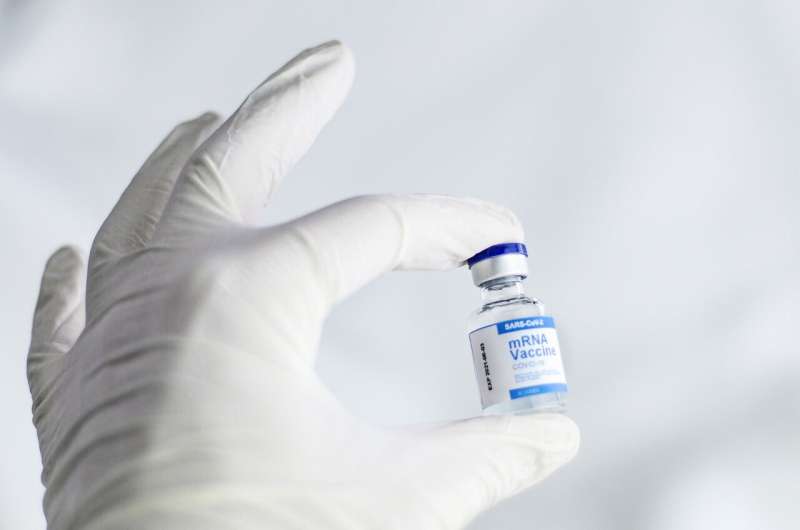Wildfires and Their Impact on Increasing Risks of Flu and COVID-19 Spread

Wildfires may increase the risk of flu and COVID-19 outbreaks by driving more people indoors, where airborne diseases can spread more easily. Wearing masks can help reduce this risk during wildfire seasons.
Recent research suggests that wildfires might unintentionally elevate the risk of infectious disease outbreaks such as influenza and COVID-19. Wildfire smoke often causes air quality to deteriorate significantly, prompting people to stay indoors more frequently. This increase in indoor activity can facilitate the transmission of airborne respiratory illnesses, as viruses spread more easily in crowded enclosed spaces. A study published in the journal PLOS Climate analyzed mobile phone data from over 4.6 million locations across the United States during the wildfire season of July to November 2020, focusing on affected regions in Oregon and Washington.
The findings reveal that during intense wildfire events, counties in Oregon saw a 14% rise in indoor activities, while Washington experienced almost an 11% increase. Major urban centers like Seattle and Portland also showed significant surges in indoor presence, with 16% and 11% increases, respectively. Computer modeling based on this data indicates that such crowding indoors heightens the likelihood of infectious disease spread, particularly for diseases like influenza and COVID-19.
Importantly, the study highlights that simple preventative measures, such as wearing masks indoors, can substantially reduce transmission risks. Even a modest increase in indoor mask usage by 10% can lessen the peak incidence of these diseases during wildfire events. In more heavily affected areas, increasing mask compliance above 50% may be necessary for effective control.
Public health officials are advised to consider these behavioral shifts during wildfire seasons, promoting protective strategies to mitigate the heightened infection risk. As climate change leads to more frequent and severe wildfires, understanding these behavioral impacts is crucial for developing adaptive health policies. The researchers emphasize that evolving public health strategies should address not only environmental damage but also the behavioral responses that influence disease dynamics in such scenarios.
This research underscores the importance of preparedness and preventative measures in managing public health during environmental crises. Implementing effective indoor health practices can play a vital role in controlling outbreaks linked to wildfire-related air quality issues.
Source: https://medicalxpress.com/news/2025-06-wildfires-flu-covid.html
Stay Updated with Mia's Feed
Get the latest health & wellness insights delivered straight to your inbox.
Related Articles
Enhancing Infant Formula Preparation Guidelines to Prevent Deadly Bacterial Contamination
New research highlights the need for clearer guidelines in preparing powdered infant formula to prevent deadly bacterial infections in high-risk infants, emphasizing precise temperature control and preparation steps.
Mapping the Human Hippocampus: A Molecular Atlas of Cell Subtypes and Organization
A new comprehensive molecular atlas of the human hippocampus reveals detailed cell subtypes and their organization, advancing understanding of brain function and disease.
Insurance Silence on COVID-19 Vaccine Coverage Sparks Uncertainty
Insurance companies currently maintain coverage for COVID-19 vaccines amid political and policy shifts, but future uncertainties loom as public health guidance evolves.



